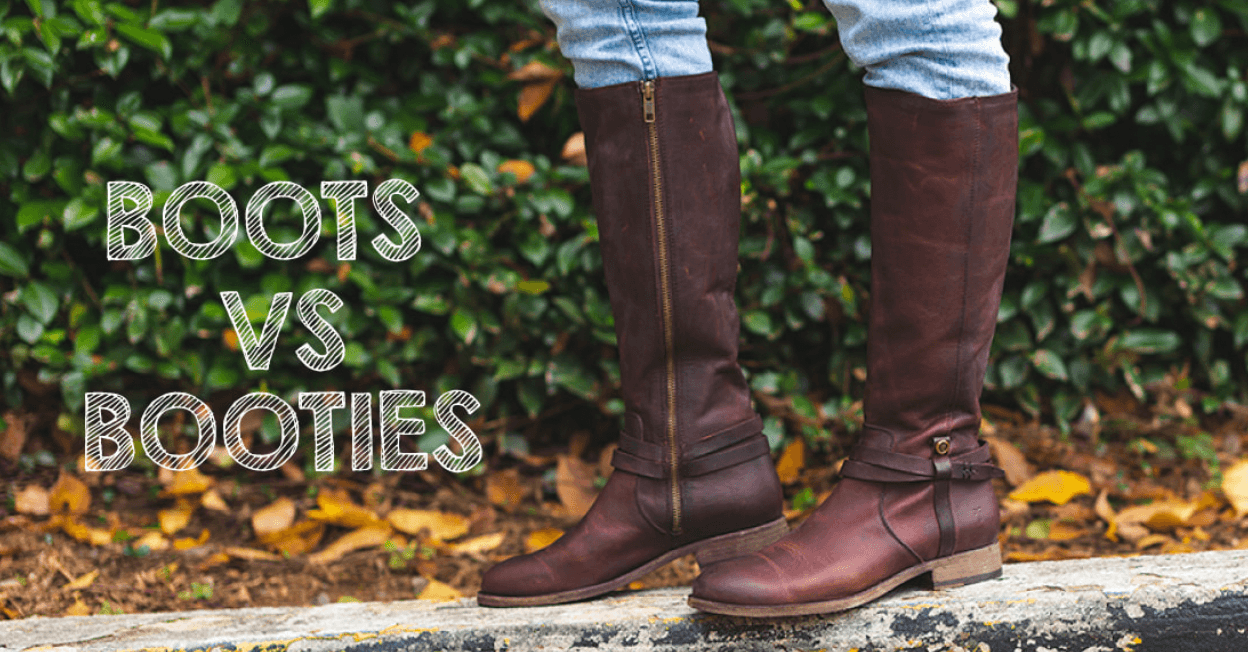It is estimated that in an average lifetime, we use our feet to walk equivalent of five times circumference of the earth. Yet we rarely give our feet -- and our footwear -- much attention beyond aesthetics. Now let’s do that in style!
High heels have been a staple of fashion since 1590. They are a versatile shoe, pairing well with formal and informal clothing—ranging from jeans to cocktail dresses. But it’s not just history and tradition that make high heels a keystone for women’s couture; all types of high heels offer benefits that everyone can appreciate.

Have you ever seen women taking off heels at events after just walking in them for barely 10 minutes? Yes, I am sure you have. That’s because it’s hard to walk in heels. But! Yes, there is a but. Ever heard about comfortable heels? YES! They exist. We will be letting you know what you should be looking for in a heel to make it high performance one.
Although a lot of things can determine a heel’s comfort level and wearability (including material and tolerance level), heel height, shape, and the amount of arch are the most important features to consider if you want to minimize the risk of walking around with blisters the day after.
But don’t worry we at Privileged will lay out 3 of the main features of a good heel.
Adjustability
There should be an adjustable strap such as lace or velcro to adjust depending on individual needs.
Height
It should not exceed a certain height that once you wear it, it hurts your feet. Otherwise, it will get uncomfortable and unstable to walk in.
More width and depth
There should be sufficient room at the front, that means the toes. When you are walking, your feet spread out needing more space to let your toes and feet breathe!
Some bonus features you should look out for!
Where is the heel placed?
Placement of the heel is vital. If it’s too far back, it won’t properly support your weight. A quick reference to determine if the heel is in the proper place is to check if the center line of the heel sits directly under the center of your own heel.
How thick is the sole?
As with most things in life—from cars to couches to bedding—you’ll feel more comfortable when given some extra padding. This is especially true on hard surfaces. Check the insole for appropriate padding; if not, think about adding a gel insole. A platform-style outsole can also help reduce discomfort through added impact absorption.
How rigid is the sole?
If the sole is quite rigid, it’s likely made out of wood or hard plastic. Soles composed of leather and rubber have more pliable, so they adjust better to inconsistencies on walking surfaces.
How thick is the heel?
So, you already read in this article that heel thickness is based upon preference. Here are some things to consider: the wider the heel, the greater the stability. If you have difficulty walking in heels or have any sort of balance issues, a thicker heel is recommended.

How secure is the heel?
If your high heels are easy to slip out of, they will be more difficult to walk in. Any footwear should feel like an extension of your physical body, not a foreign object that could flop off at any given moment. A slingback or high heel pump will likely be better for you than a mule, and a boot or heel with a strap that secures your foot and ankle from the front is even more highly encouraged.
Now, you must be thinking where can we find good heels that are also comfortable!? Don’t worry we got you!
We at Privileged have the best designs and the best heels in the market! It can, without a doubt satisfy every individuals needs for a good and comfortable heel.




